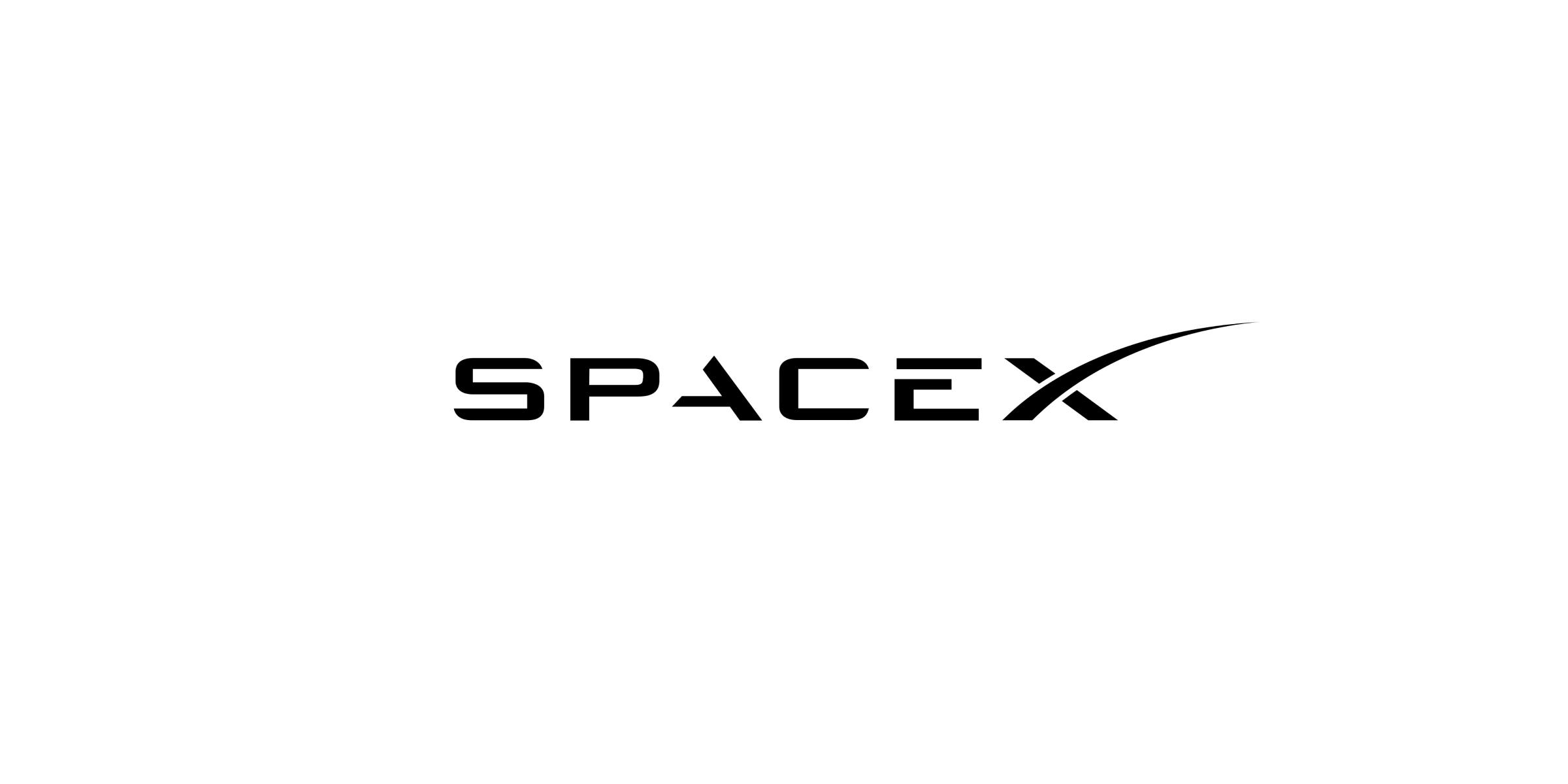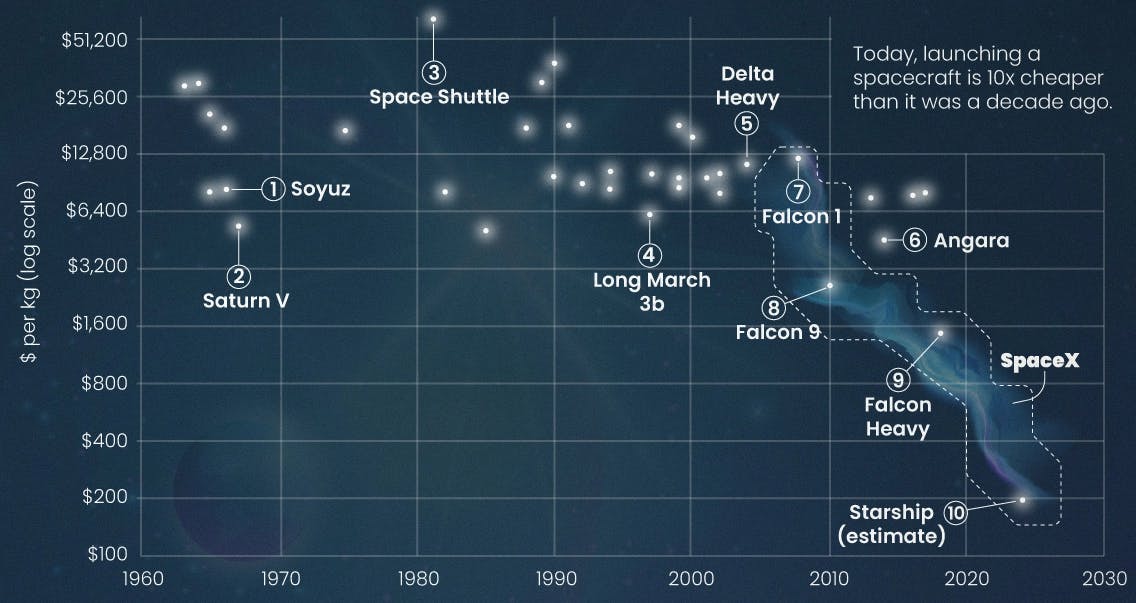Fines can adapt to the severity of the problem that results from the satellite's failure to perform.
For sure fines are more straightforward, but IMO they don't move the ball fast or far enough, not to mention they're all stick and no honey. Its easy for operators to gamble on the upside and kick the can of responsibility down the road. An insurance fund (of sorts) with a back end incentive plays more to the honey side of things than the ambiguous stick of downstream fines.
To be clear, the major issue I have here is that that historically--and currently--regulations are soft, vaguely enforced, slow to advance, and don't ever step far enough when they do advance. There's some obvious reasons for that (again, not the least of which is global consensus), but to-date a lot of the proactive compliance to regulations is self reported. The FCC/ITU will ask you things like "what are you going to do with a DOA sat", "what's the kinetic energy of the non-demisable components", etc, but you really don't need to justify your work to any material degree. Historically most people have been pretty honest because "that's the way its done in space", but as time moves on and the number of people involved goes up (and so does the percentage of those who reject space tradition/heritage), we're going to see a regression in overall reporting integrity and a ramp up of actual things in space. IMO that's a recipe for disaster. Disaster ****s up space for a LONG time.
This is 2023, so let's get with the recycling program here. Those satellites aren't going anywhere, so collect them up, mine them for materials, then use them in orbit. How about a space station, or an observation platform, or a telecommunications platform to which satellites could dock and draw power? It's mass that took a lot to put in place, so we shouldn't throw away that investment.
Manufacturing in space (at the satellite level, not at the makerbot-on-ISS level) is most definitely one of the aspirational evolutions in space; any kind of repurposing going down anywhere close to the level of refining material would be well beyond that, if ever.
Long before either will be servicing and recovery missions, many of which are already in motion: Darpa is going to launch RSGS next year (maybe...), NASA still wants to launch OSAM-1 (formerly RESTORE-L), NGST/Orbital has already augmented a couple of commercial sats and is really ramping up their SpaceLogistics branch, Starfish has their demo on orbit (after a disastrous deployment, no less...), Astroscale and Momentus have different concepts, etc. In the immediate term, there's a lot of potential upside in having a lower cost servicing mission extend the usefulness of an on-orbit asset, vs putting up a new, higher cost satellite, and these are various examples of that.
A bit farther out, and noting that not a lot of folks aren't leaning too far into proactive servicing just yet, there's potential upside in baking servicing into the statistical game of cost-vs-reliability. If, for instance, a low cost servicing mission can take over pointing control should one of your constellation's GNC systems take a dump, maybe you don't put as much money into making sure all of the GNC equipment is exquisitely qualified. If the money you save on lower spec GNC parts is more than the money you
might spend on servicing (noting that there's always margin), you win.
There's also aspirational thoughts around repurposing of on-orbit equipment, which is generally seen as a more likely solution than mining-and-refining. As it goes, there's a lot of theoretically useable equipment up there that's degraded or attached to dead satellites: Solar arrays, batteries, reaction wheels, etc... While Mad Max-ing a satellite out of parts from dead GEOs is a bit of a fantasy, a designed-in repurposing solution is very plausible. Consider you make the various major subsystems (Power, GNC/Prop, payloa, C&DH) on your constellation satellite highly modular and very easy for an automated servicer to swap in/out. Your constellation replenishment plan now shifts from having to deorbit all the old sats and [build and] launch all new ones every 5 years to some hybrid plan, where some of the Capex and mass for the "new constellation" is already on orbit. Maybe the solar arrays and batteries in the "old" satellites are degraded to 50% of their original capacity. No problem--just gather up all the power modules and reuse them. Stack a second degraded power system on an old sat to restore its capacity (thus extending its life), or launch half of your new sats without the mass of the power system and bolt 2 degraded on-orbit power systems onto each of those sats. Now instead of deorbiting a constellation's worth of solar arrays and batteries only to launch a fresh-but-otherwise-similar set of solar arrays and batteries, you only have to build and launch ~half the number of batteries and solar arrays, AND you get to deorbit (= completely throw away by atomizing into our atmosphere) less mass. Or...maybe your major issue is that your payload technology is falling behind, but your power and GNC subsystems are still going strong. Instead of a full monty deoribt-and-relaunch replenishment you only have to build and launch a new set of payloads.






